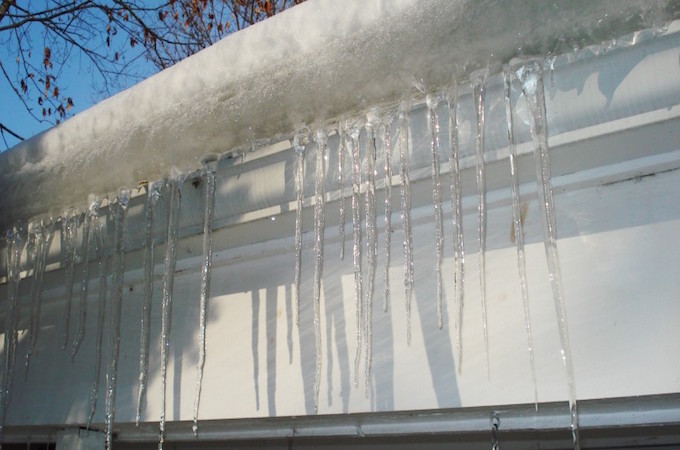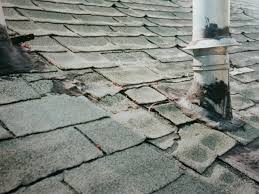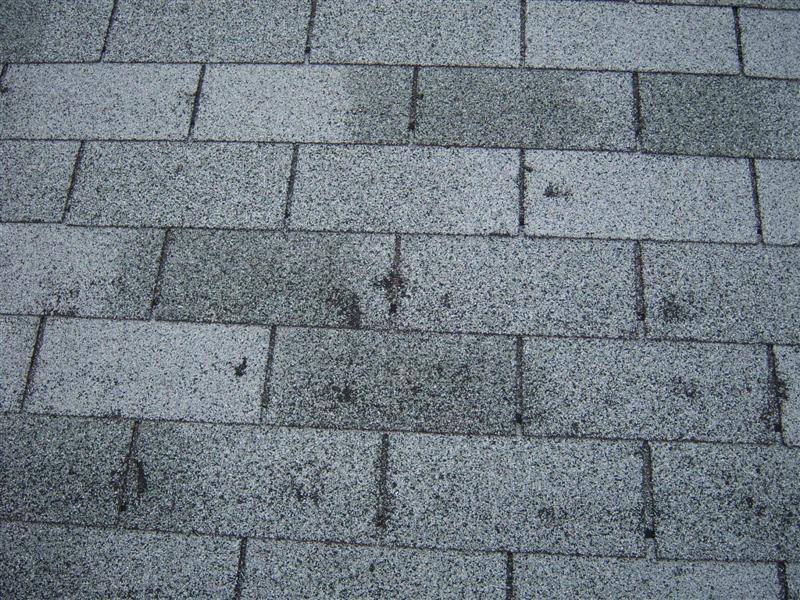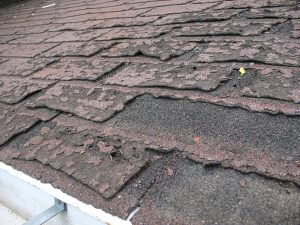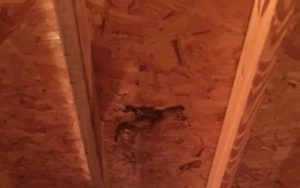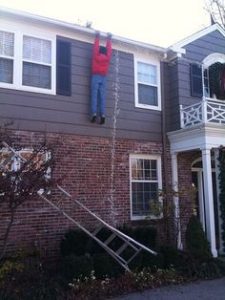Ice and Water shield, looks similar to felt. But, provides so much more for your home. Have you ever seen a roof installation and wondered what the local roofing contractor was installing? It rolls out like roofing felt, but what is that they are peeling off the back?
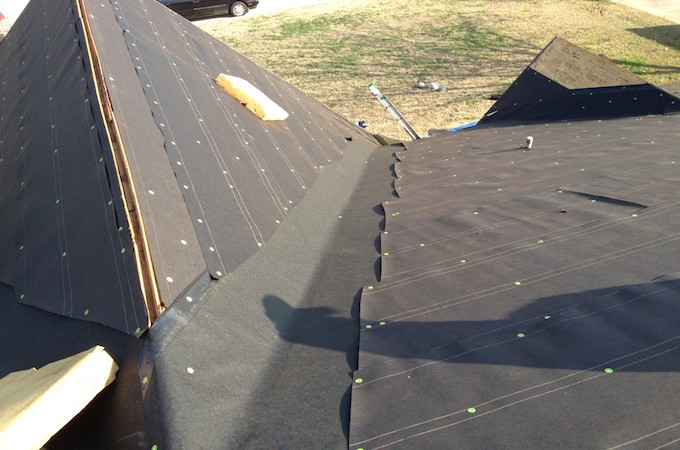
Ice and water shield was one of the greatest inventions for your local roofing contractor. Manufactured with a rubberized asphalt mixture, ice and water shield provides one of the best layers of protection a home could ask for.
Where to use ice and water shield?
Ice and Water Shield can and should be used in all climates and locations in the U.S. Depending on where you live in the country you will have different requirements for use.
Southern climates
In the south you do not have as much ice and snow to battle, most roofing contractors will use the product in areas that are prone to leaks. Valleys, chimneys, skylights and any in some cases walls as an extra layer of flashing
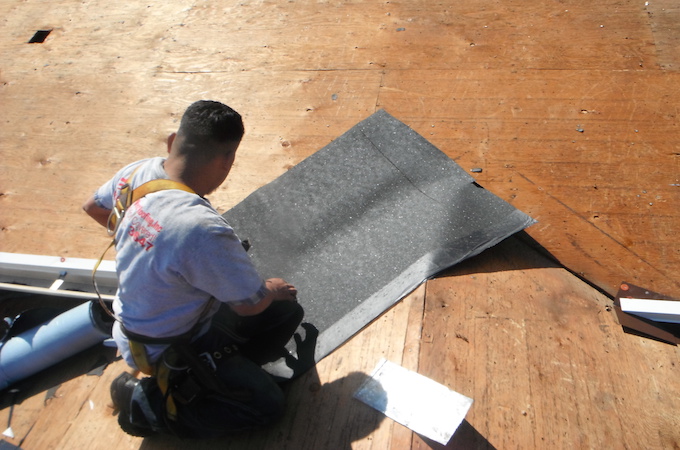
Northern climates
Sorry northerners, you need more Ice and Water Shield to protect your home. The snow and ice build-up that so commonly happens in your area needs to be stopped from entering into your home. In addition to valleys, chimneys, skylights and walls. Ice and Water Shield should be installed at the base of your roof. This provides an extra layer of protection in areas that ice and snow commonly build up.
How does Ice and Water work?
With the rubberized make up of Ice and Water shield, it provides a seal around every nail that penetrates the material. Think of a nail puncturing a tire, yes the nail goes in but immediately the rubber in the tire forms around the nail and in some cases, you will never have a leak.
That is why most reputable roofing contractors will explain the importance of ice and water shield and make sure it is installed properly and in the right locations.
We hope that regardless of who replaces your roof, ensure that this product is in installed in the areas needed depending on the climate.
